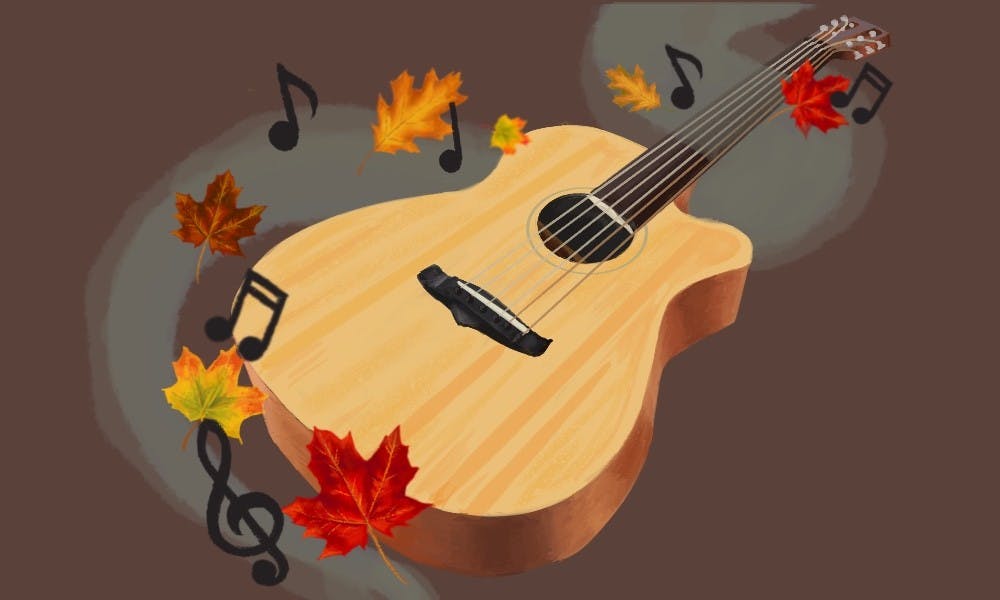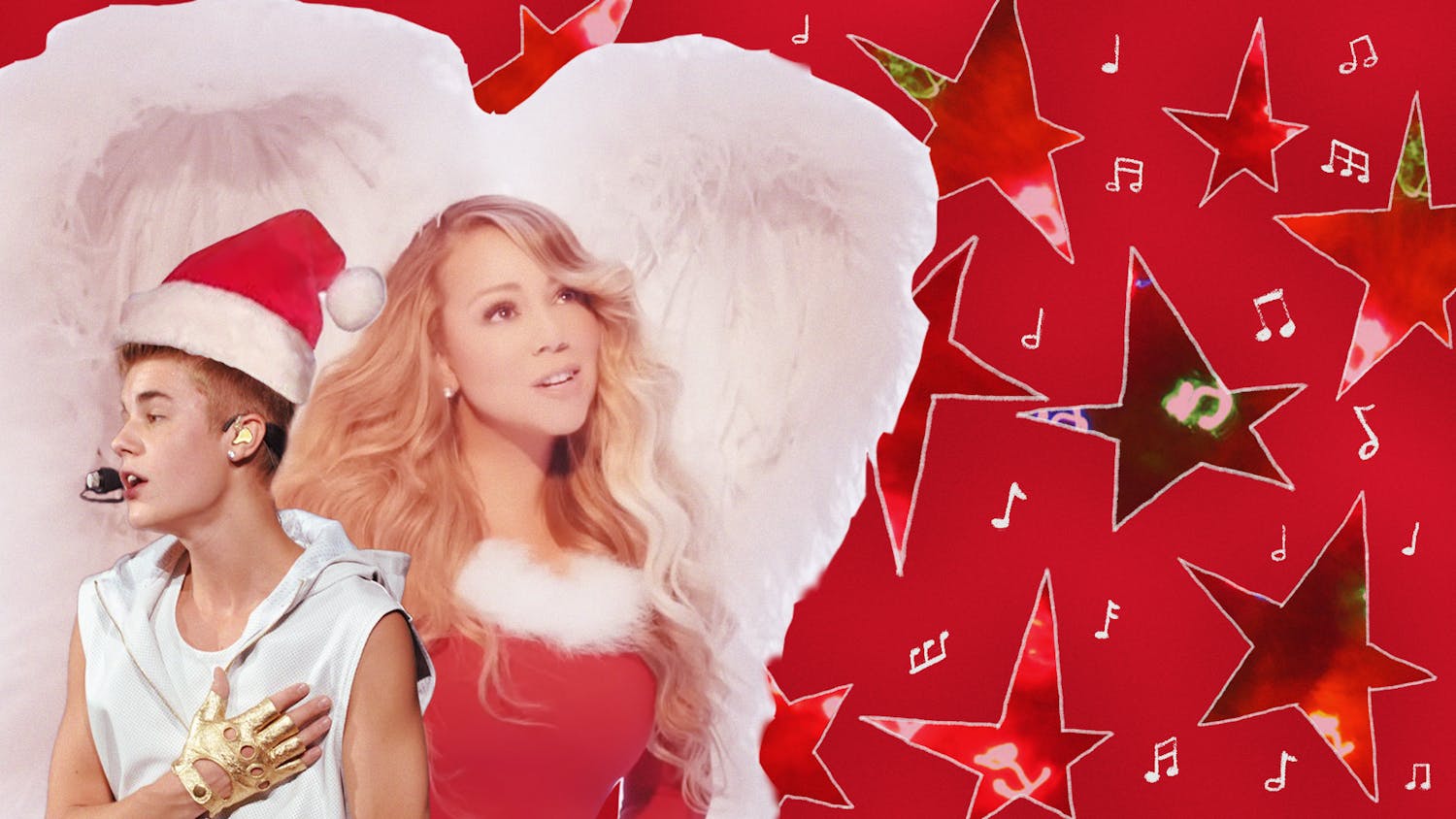When you think of fall, you probably picture a warm spectrum of leaves as the months get colder, the tall grey woolen socks that peek out under boots, or the advertisements for pumpkin–flavored goods from each leading café chain. Maybe it's the sticky, sweet cinnamon of apple pie, the crisp air from a Saturday morning stroll, the trail of smoke that lingers in the air long after the bonfire and conversation has burnt out.
How do these feelings of warmth and comfort keep getting circulated and infused with the trope of fall? The answer lies in fall music. Or rather, music that is described exactly as sounding like fall. Also branded as coffeehouse or folk music, this entire genre is defined by its ability to convey the warmth that one believes fall should harbor. Characteristics of the niche include mainly an acoustic guitar melody, simple chord progression and lovesick lyricism. The sound of fall and all it entails has helped to give rise to several artists in the eye of the music industry today.
Ed Sheeran is perhaps one of the biggest proponents of the "fall song." The twenty–eight year old musician gained traction in his late teens by writing ballads on his guitar and releasing them in EPs. These tracks were all typified by similar topics of heartbreak or longing, offered little more sonically than a handful of chords, and fit perfectly into one’s cuddling or homework playlist. The sound of his music appealed greatly to those seeking the same warm emotions that fall has to offer, and his first studio–length album, +, offered just that.
Artists, of course, can't base entire careers off this niche of nostalgia. Sheeran has proven to diversify his discography such as with his latest project, No. 6 Collaborations Project, which features work with many different artists like Chance the Rapper and Justin Bieber—deviating far away from his earlier work.
Taylor Swift acts as a prime example of utilizing the season to her advantage, without adopting all that its trope entails. Her fourth studio album, Red, is often regarded as her best by both critics and fans, and part of it may be attributed to its timing of release in November of 2012. The album only features a handful of tracks that play to this notion of fall music (most notably “All Too Well”). Yet, due to the timing of the project coupled with her usage of popular seasonal images throughout such as scarves and her iconic red lipstick, the album has become tinted with an autumnal nostalgia for many who were there for its release.
But what does it mean for a song or project to exude these characteristics? Does the fact that this genre is a shortcut for sentiment cheapen its sound and identity? Of course not, because the sentiments themselves that are being perpetuated are deep and valuable. Feelings of coziness and comfort all translate to feeling safe, and music that offers that to its listener is important. Artists such as The Paper Kites and Vance Joy have been able to master this craft, while still maintaining originality and intrigue amongst their fans. Although it may make their music more commercial during the colder months, it's not solely tied to the season.
Fall music brings the capability to feel warmth in a time of year that lacks it. This music soundtracks holidays and memories. If you're not able to go on your dream pumpkin patch adventure due to midterms, or lie close next to your loved ones on a rainy day, you may be able to get by with a well–curated autumn Spotify playlist. It’s not the romantic images that grant fall its appeal or marketability—it’s the way these images make you feel.







